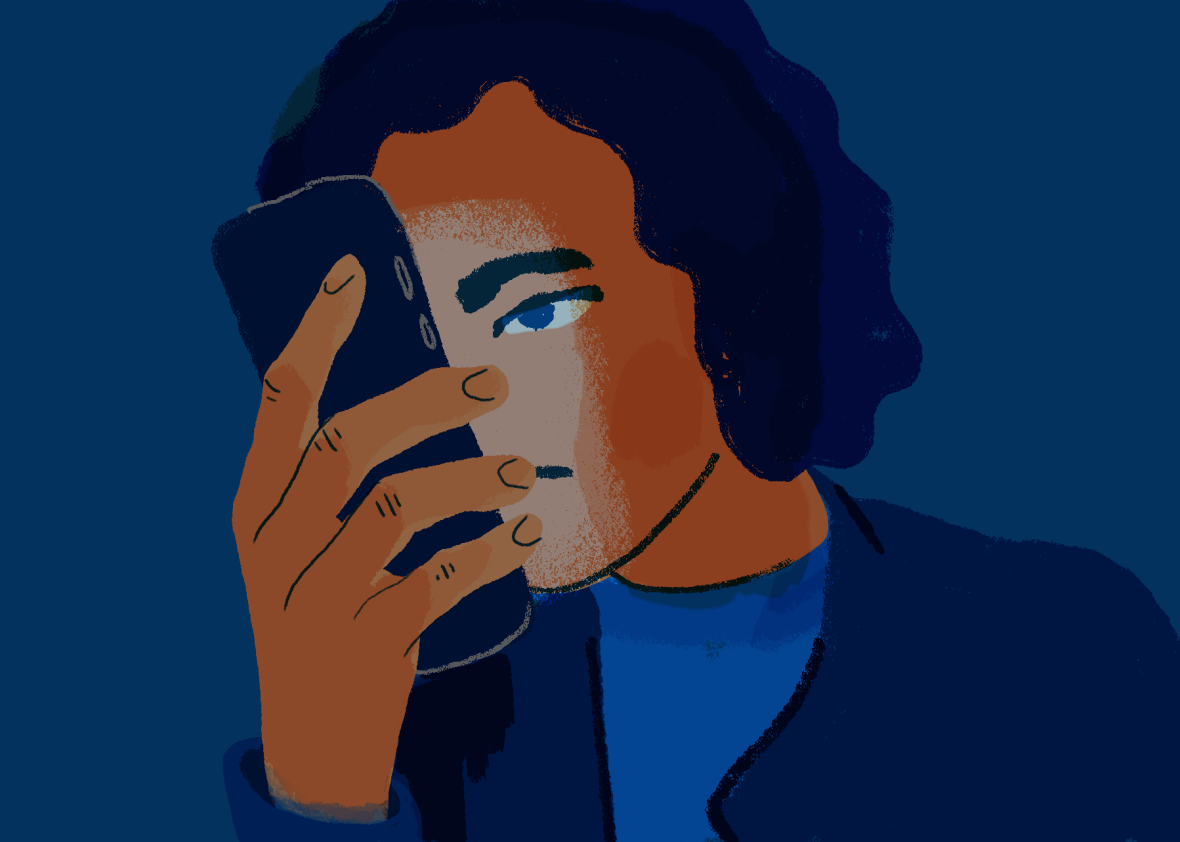I regularly try out new smartphones. Without fail, one of the first settings I switch off is auto-brightness. One of the last times I was driven to it, I was sitting on an airplane trying to read on my phone. Its screen oscillated between blinding my retinas and dimming to unreadably dark with seemingly no rhyme or reason. Maybe it was the turbulence. I dove into the settings, turned off auto-brightness, and adjusted manually from that point on.
Auto-brightness seems like it should be a fairly simple thing. When your phone detects it’s in a bright environment, it should turn up your screen’s brightness. If you’re checking your phone in the dark, your phone should turn that brightness way down. Somehow, it never seems to work that way—or at least that well.
Back in 2010, DisplayMate’s Dr. Raymond Soneira explained the main issue.
“Automatic Brightness on existing smartphones is close to functionally useless because the manufacturers have not made the effort required to develop, evaluate, and test the software and hardware so that they work properly and effectively,” Soneira told Tom’s Guide.
Seven years later, nearly every other aspect of smartphones is drastically better, but auto-brightness seems unchanged. In an August forum thread, a OnePlus phone owner asked if others liked the phone’s auto-brightness setting “in indoor conditions.” A chorus replied, “It sucks,” and that it’s typically far too dark for their liking. A similar thread exists for other smartphones, including the LG V20, with a number of users saying they’ve given up on the setting. And it’s not an Android-only dilemma. A number of iPhone owners running iOS 11 have also found the feature isn’t performing up to par. For many who don’t have issues, it’s still problematic: Turning off screen auto-brightness is one of the easiest (and often recommended) ways to save battery life.
Auto-brightness has evolved—slightly. Beginning with the Android L in 2014, “adaptive brightness” made phone brightness adjustments at a less drastic rate. If you switch on adaptive brightness when your phone screen is set at 50 percent brightness, the screen will adjust in a range from roughly 40 to 70 percent. This mean adaptive brightness can adjust more quickly and more subtly than true, full auto-brightness, which would adjust your screen from nearly 0 percent bright to 100 percent. If you’re indoors most of the day, this works better than the auto-brightness of yore. However, it can still result in irritating screen-brightness oscillations, as my experience on the plane showed.
Some specific phones, such as the Galaxy S7, have also tried to tackle the issue. The S7 includes personalized automatic brightness control, a twist on auto-brightness that remembers your brightness preferences at different levels of ambient light. It’s one of the first major improvements we’ve seen for auto-brightness in close to a decade, and it still doesn’t work that well: Galaxy S7 owners are among the users who have also complained about their phone’s auto-brightness. Personalized automatic brightness control is clearly a step in the right direction when it comes to customizing on a user-by-user basis, but perhaps all ambient light levels aren’t created equal.
In phone makers’ quests to make our smartphones better, smarter, and more useful, this simple but important feature has been largely overlooked. Given Silicon Valley’s current quest to imbue every little thing with artificial intelligence, this seems like the perfect example of a feature that could actually use some A.I. Most modern smartphone-owning humans follow predictable schedules and patterns, at least Monday through Friday. It seems that an auto-brightness A.I. could learn from our manual brightness adjustments over the course of a few days or weeks. It could learn that I want the screen brightness all the way down during the first few moments of the morning after my alarm has gone off and midway bright once I’m at my desk working. If I leave my house, and the weather forecast is sunny, it should know that when I pull my phone out of my pocket, the brightness should be cranked all the way up. Conversely, if I’m walking to the bus at night, the brightness should not be.
I’m sure that it’s easier for me to expound on than it would be to technically achieve. Our phones, primarily through apps or assistants like Google Assistant, are only just beginning to learn and customize themselves to our behaviors and preferences. And there’s a lot to consider: your location, your behavior, the weather, the typical brightness in your home and office, and what to do if you go somewhere atypical. To date, the A.I. and machine learning that’s built into our phones is only used for a handful of things. It helps organize and categorize the photos on our camera rolls and learns from our texting habits to fuel autosuggestions and autocorrect. As facial recognition and augmented reality gain popularity, A.I. will fuel those applications too. Phones like the iPhone X even include a “neural engine” specifically designed for accelerating A.I. software. Adding some learning algorithms to our phones’ auto-brightness shouldn’t be that big of a stretch. And perhaps, in learning your auto-brightness preferences based on time of day, location, and what applications you have open, your phone could also fix other issues too—whether your camera should default to the rear-facing or selfie camera, for example, or what volume notifications and sounds should play.
Mending this issue won’t revolutionize your workflow. It would, however, reduce a tiny bit of frustration and friction from our everyday smartphone experiences. And in the end, that is what smartphone and app makers should be trying to accomplish.
